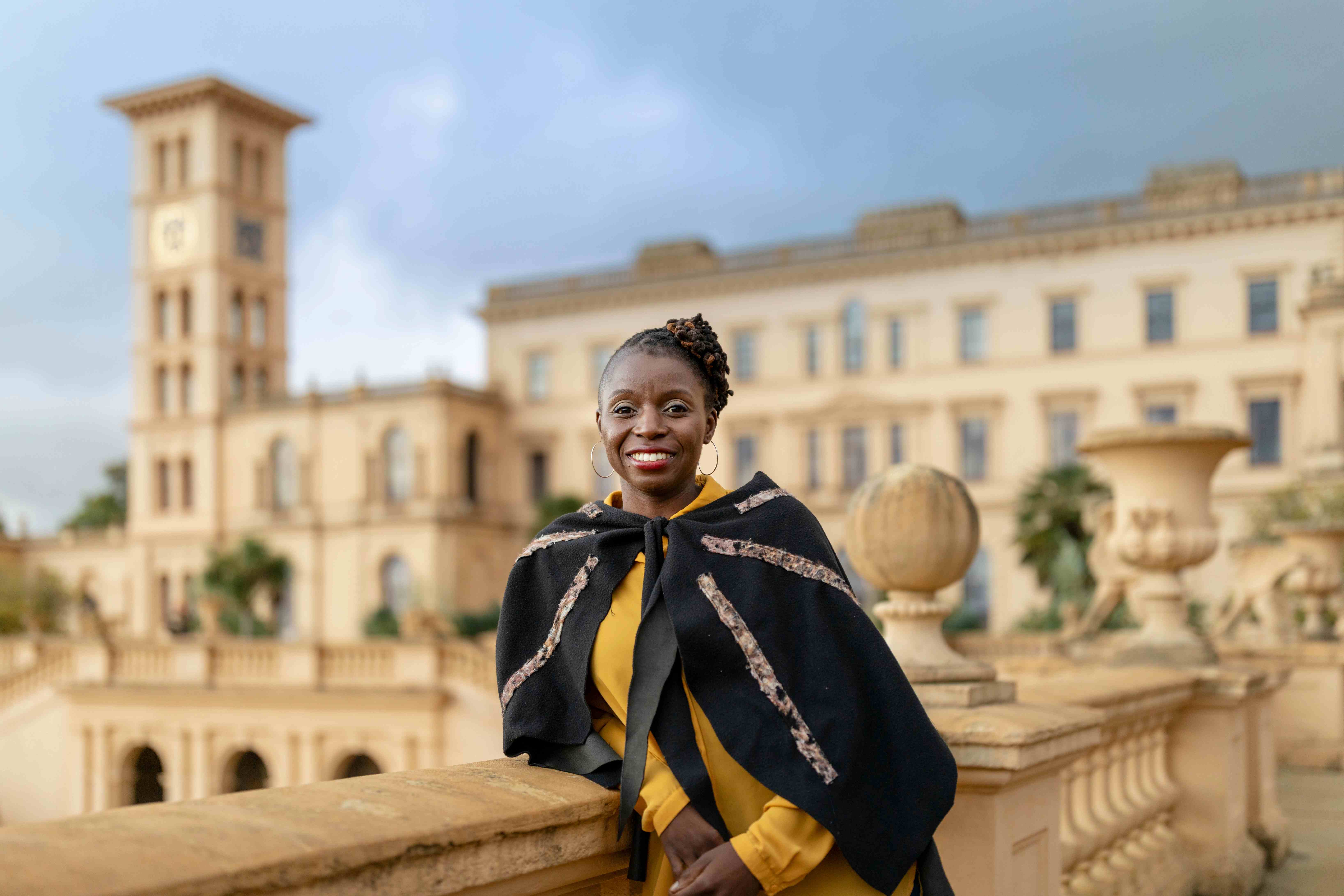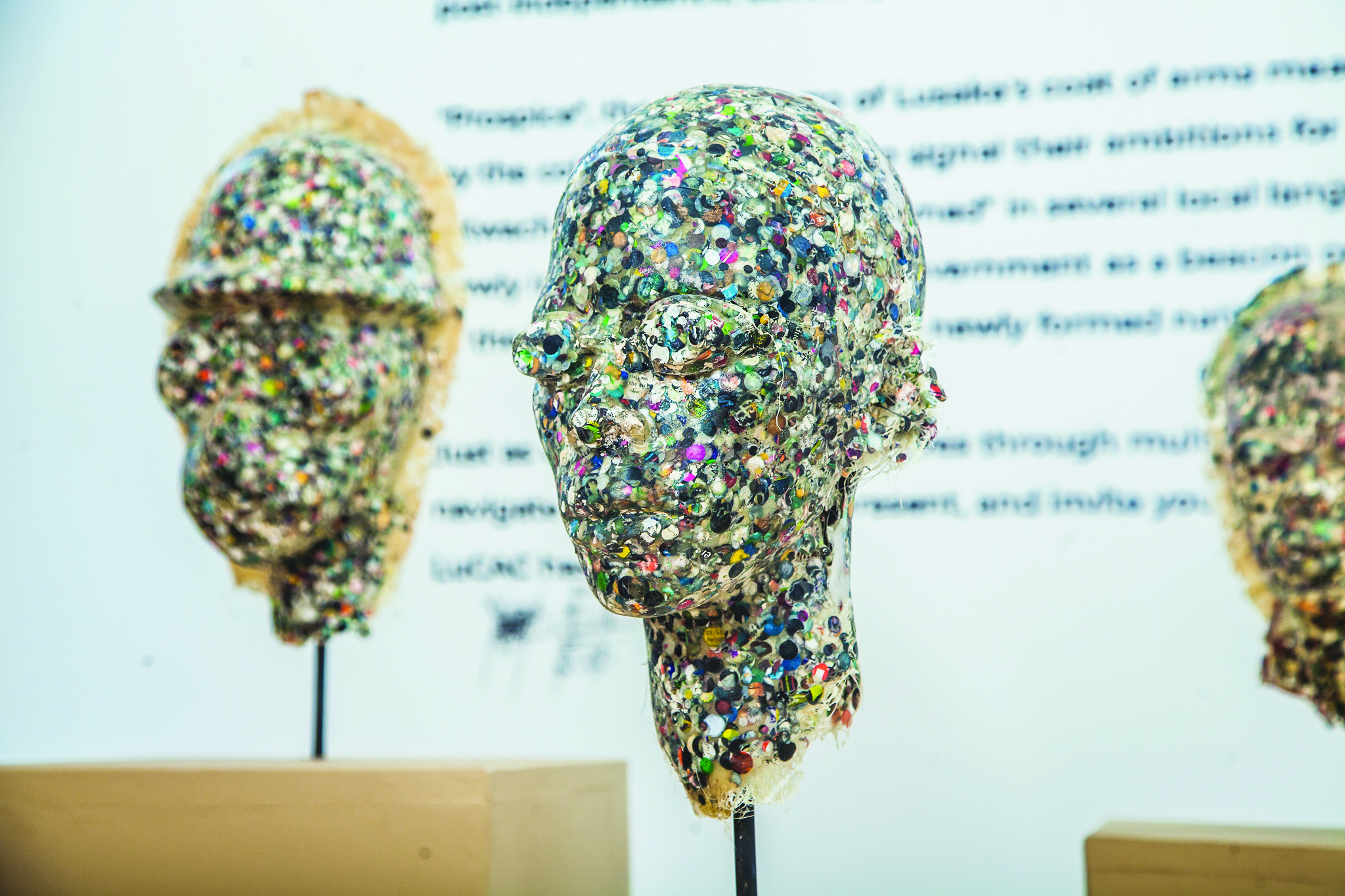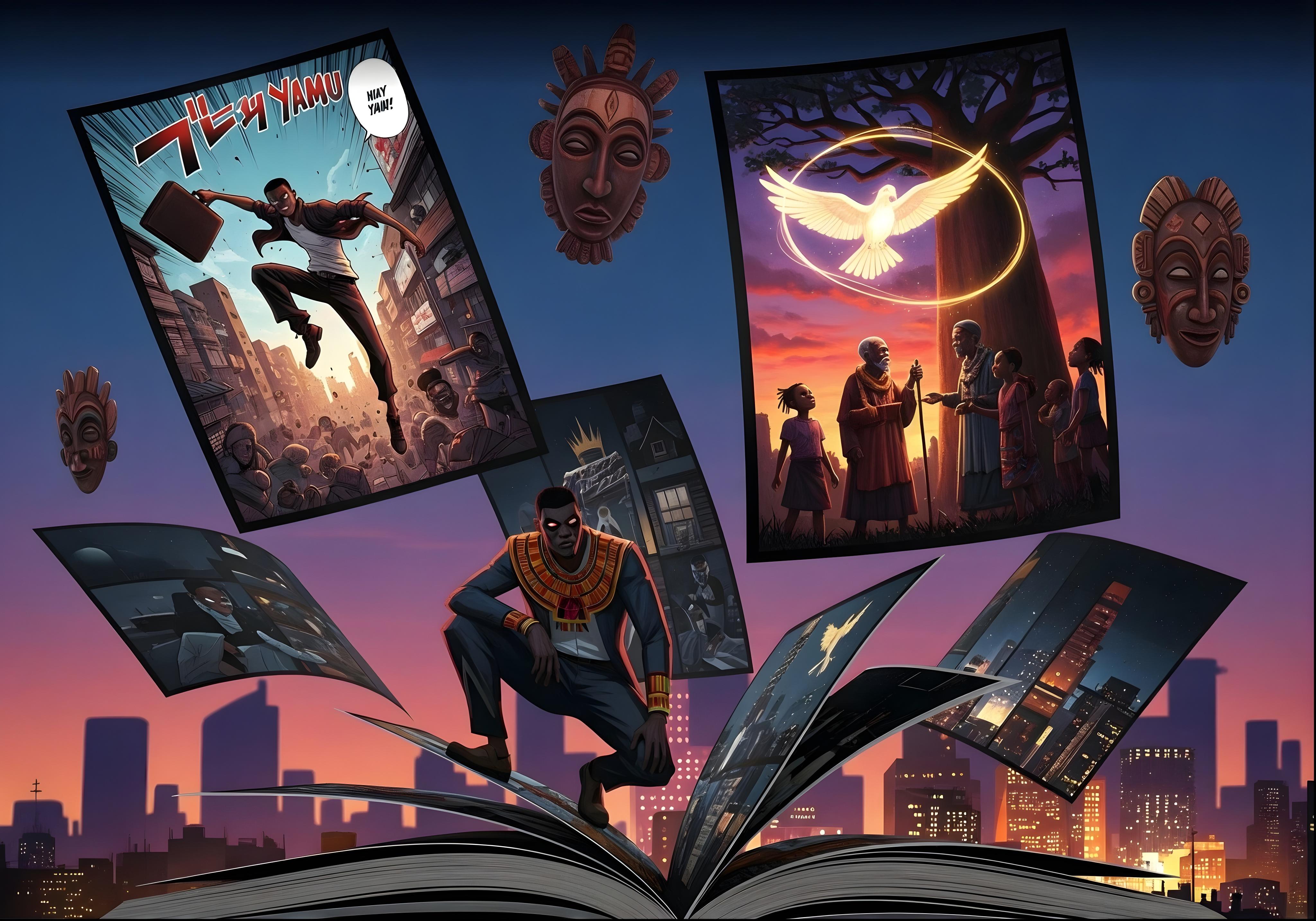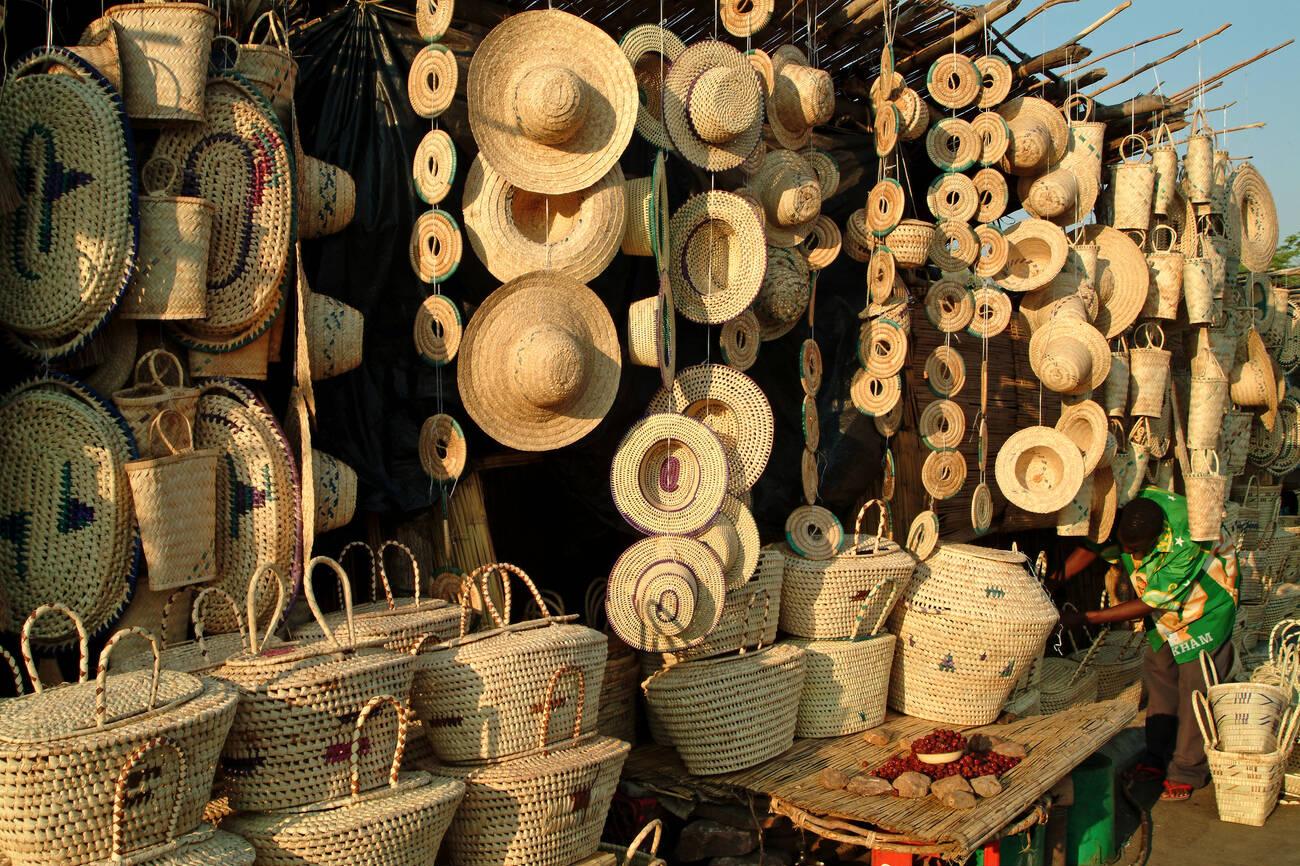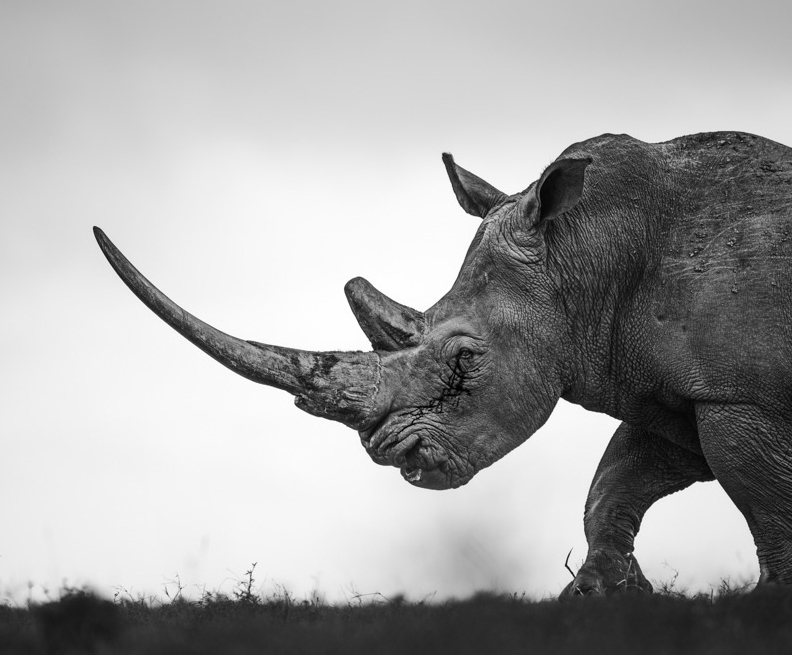UK-based Zambian artist Hannah Uzor received widespread recognition and praise for her portrait of Sarah Forbes Bonetta, a Yoruba princess that was taken under the wing of Queen Victoria. The artwork reminds us there are many untold stories of Africans at home and abroad.
Camille Silvy was a French photographer who moved to London in 1859. He took over the renowned Caldesi & Montecchi photography studio in the Bayswater area and over the subsequent decade, built up a loyal clientele amongst England’s high society — royalty, aristocrats and celebrities. By the time he returned to France in 1870, he had photographed some of the country’s most prominent individuals. His work is on display at the National Portrait Gallery in central London and that’s where Zambian artist Hannah Uzor (née Hasiciimbwe) first came across his portrait of Sarah Forbes Bonetta, a young black African woman.

Originally named Omoba Aina, Sarah was born in 1843 to a royal Yoruba family. Aged five, she was captured and enslaved by the king of a rival nation — Gezo of Dahomey, present-day Benin — after her father was killed at war. In 1850 the British naval captain Frederick Forbes arrived in Dahomey on a failed mission to persuade King Gezo to give up the slave trade (Britain had formally outlawed the trading of persons in its jurisdictions in 1807). But what happened next was both shocking and remarkable: Sarah was given to Forbes as a diplomatic gift and he travelled back to England with her aboard his ship, HMS Bonetta.Sarah was presented to Queen Victoria who liked her very much. She took the girl under her wing, thus becoming her godmother and generous benefactor.

Last October, Hannah received widespread global press coverage when her painting of Sarah (based on Silvy’s portrait) was unveiled at Osborne House, Queen Victoria’s summer home on the Isle of Wight, a small island off the south coast of England. The exhibition was organised by English Heritage, a national conservation charity. Its curatorial director Anna Eavis said at the time, “There are a number of black figures from the past who have played significant roles at some of the historic sites in our care but their stories are not very well known. Starting with Sarah, our portraits project is one way we’re bringing these stories to life.”
I visited Osborne House to see the painting for myself. Located in the Durbar Room, a large hall that was used for state receptions and other entertainment, Sarah looked composed, assured and regal. Her facial expression in the painting, as in the original portrait, is somewhat muted. She doesn’t give much away. We don’t have many records of her speaking on her own behalf — in fact, there are more records of Queen Victoria and Captain Forbes speaking about her — but we have a photograph which, for many black Victorians, was a rarity. “I take my kids to galleries and you hardly see any black people painted in such grandeur,” Hannah says. “Having this portrait is a big deal.” The painting raises numerous questions about history, imperialism, slavery and it also highlights the importance and preciousness of stories and the role of art in storytelling.
In Lusaka, Hannah’s hometown, Sepo Musokotwane and Zelipa Mulwanda are taking this idea to a whole new level with their art gallery called Chena. It functions as a traditional art house with a strong e-commerce element. They are also responsible for delivering public artworks at Nkwashi, an upcoming privately-owned and privately-built city located 36 kilometres east of Lusaka. “We’re the only art gallery that’s building a city through art,” Zelipa says. While art is, in part, a representation of a culture at a point in time, the Chena co-founders want to push the boundaries. “Can we tell a story with the life-size pieces that we’re putting up at Nkwashi? Can we even begin to cultivate some kind of culture?” Sepo opines.
A key part of Chena’s offering is its artists in residence programme which seeks to put artists out of their comfort zone whilst creating artworks for Nkwashi’s public spaces. They are taking a multi-disciplinary approach by involving painters, photographers, videographers and sculptors. Nkwashi sets the vision of the community that it’s trying to build and the artists, with Chena operating in the middle, seek to re-create that artistically.
More platforms for telling a multiplicity of stories is important for black peoples everywhere — whether in London or Lusaka. Africa and its peoples have, over many centuries, been caricatured and misrepresented. Nigerian novelist Chimamanda Ngozi Adichie says, “Show a people as one thing, only one thing, over and over again, and that is what they become.” The internet has been a boon for African storytelling and it presents more opportunities than ever before for Africans to get better at telling their own stories. Sepo and Zelipa are taking Zambian art to the world through online auctions and Hannah’s work was spotted by English Heritage on Instagram.
But why does good, accurate, self-expressed storytelling matter? Adichie continues, “When we reject the single story, when we realise that there is never a single story about any place, we regain a kind of paradise.”
